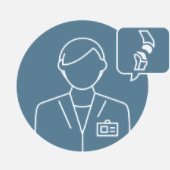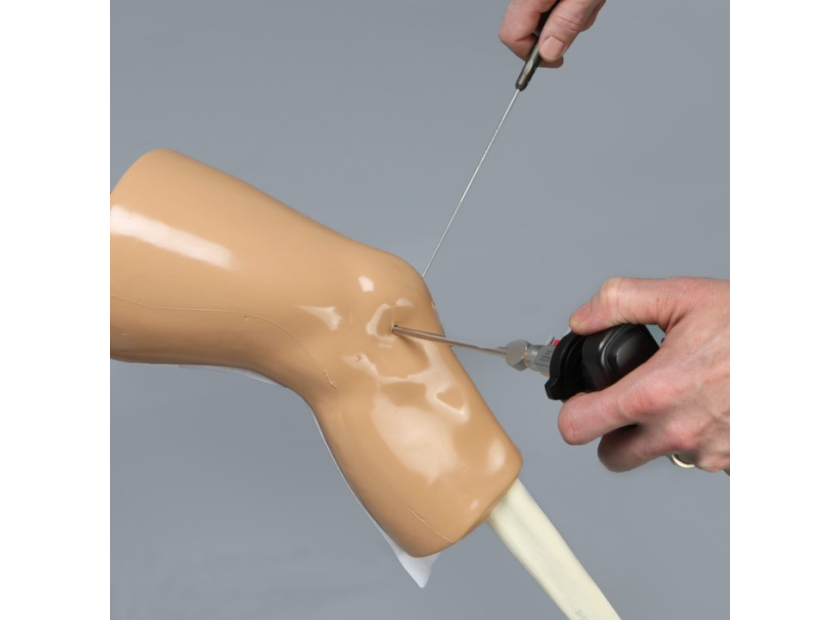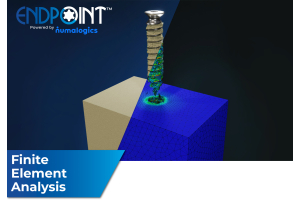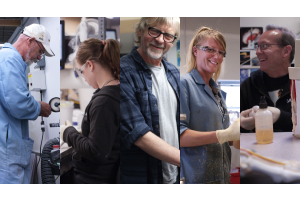How Knee Arthroscopy Models Train New Techniques in ACL/PCL Procedures
Knee surgeries are among the most common procedures that orthopaedic and sports medicine specialists perform—over 750,000 arthroscopic knee surgeries occur every year. This isn't a surprise; injuries to this area can happen due to aging, accidents, or a combination of both.
Surgeons must learn to manage these conditions by using models covering all of the most common procedures and issues. Extensive training is required, especially as techniques grow more sophisticated. This is even more true for arthroscopic surgeries, where surgeons must work in a limited space and manage highly intricate work. Suitable medical education models can make all the difference when preparing students.
Training Targets with Knee Arthroscopy Models
The list of knee injuries a sports medicine or orthopaedic specialist will deal with is extensive, making it near impossible to prepare students for every single potential diagnosis. Medical educators would do well to instead focus on the most common, giving students a solid foundation upon which to build more complex and specialized skills.
Meniscal repair |
Meniscectomy |
ACL/PCL Repair |
|
Meniscal repairs require careful attention to detail as they are very delicate. In fact, only about 10% of meniscus tears can be repaired. The internal suturing method will require repeated practice to manage. |
A meniscectomy—either partial or total—is far more common than a repair. On top of that, they may occur in conjunction with a separate treatment like an ACL or PCL repair. |
ACL/PCL repairs are highly challenging because an improper suture could result in permanent disability for the patient. This becomes even more difficult with complex tears that require the removal of portions of the tendon. |
ACL/PCL reconstruction |
Chondroplasty |
Fragment removal |
|
Replacing the damaged ACL/PCL is often the only solution when a repair goes wrong or is not possible. Surgeons will need training on harvesting the donor tissue as well as performing the procedure itself. |
Trimming jagged cartilage in the knee may sound like a simple procedure, but it's possible to take too much and do more damage than good. This procedure is also one that often accompanies another surgery. |
Just about every single type of knee surgery is going to require some level of fragment removal. In this, the surgeon must remove the free-floating piece without damaging any of the surrounding healthy tissue. |
Aside from these procedures, surgeons will have to contend with new options and updates to other techniques that make them more efficient and improve outcomes. It's vital to use a high-quality knee arthroscopy model as part of a well-rounded curriculum.
Features to Consider in Surgical Knee Models
Students need a realistic, complete knee arthroscopy model to fully understand what these injuries look like and how to repair them. When looking for a model to support training, there are a number of beneficial features to consider:
- Multipurpose: Frequently, students will deal with knee injuries with multiple issues. They may complete a meniscectomy while also repairing an ACL or need to remove fragments following a chondroplasty. Multi-purpose models that show different types of injuries help to further training for these scenarios.
- Replaceable components: It's just not cost-efficient to replace models every single time an instructor completes a training—nor does it allow hands-on training. Models with replaceable components permit students to get practical experience, make mistakes, and try again.
- Customizability: Customizability is especially useful when showing a new procedure. Often, a new technique comes as a result of the regular treatment of unique conditions. The ability to request specific injuries for the knee arthroscopy model helps to support updated training.
- Full range of motion: Full range of motion is necessary for students to understand how these vital ligaments and systems impact how their patients can move or are affected by injuries. It also gives them a better understanding of how the surgery will proceed in a real environment, where models aren't rigid, and motion must be accounted for.
- Portals/Windows: Students can't understand a procedure they can't see—and this is particularly challenging in arthroscopic surgery, where everything occurs through a tiny keyhole. While a computer screen is available, windows and portals in surgical demonstration models can help trainees visualize how a procedure should go as they gain confidence in performing it.
- Haptic feedback: Haptic feedback can warn students when they come into contact with something they shouldn't while performing an intricate surgery in a closed space.
- Clamps: Surgery isn't just about how students complete their incisions and sutures. It's also about how they clamp extremities to ensure patient comfort and effective positioning for the procedure. Clamps are a necessary, but often overlooked, tool in surgical training.
Knee arthroscopy models provide a practical and economical way for students to get in the hundreds of practice sessions they need before moving onto more expensive cadavers and, eventually, human patients. Using a realistic option with the features needed to challenge students and help them understand their mistakes is ideal. Knee surgeries are among the most common procedures orthopaedic and sports medicine surgeons will face, and in-depth training with highly detailed models will better prepare them for this reality.
Sawbones offers detailed knee arthroscopy models to help train orthopaedic specialists and sports medicine surgeons. To learn about our options, contact us at 206-463-5551.

If you're seeking something you can't find on our website, our sales team is happy to help. We can either direct you to the right model or provide a free quote on the right custom project to meet your needs. Discover options with our clear bone models, laminated blocks, custom displays, or other machining projects.









